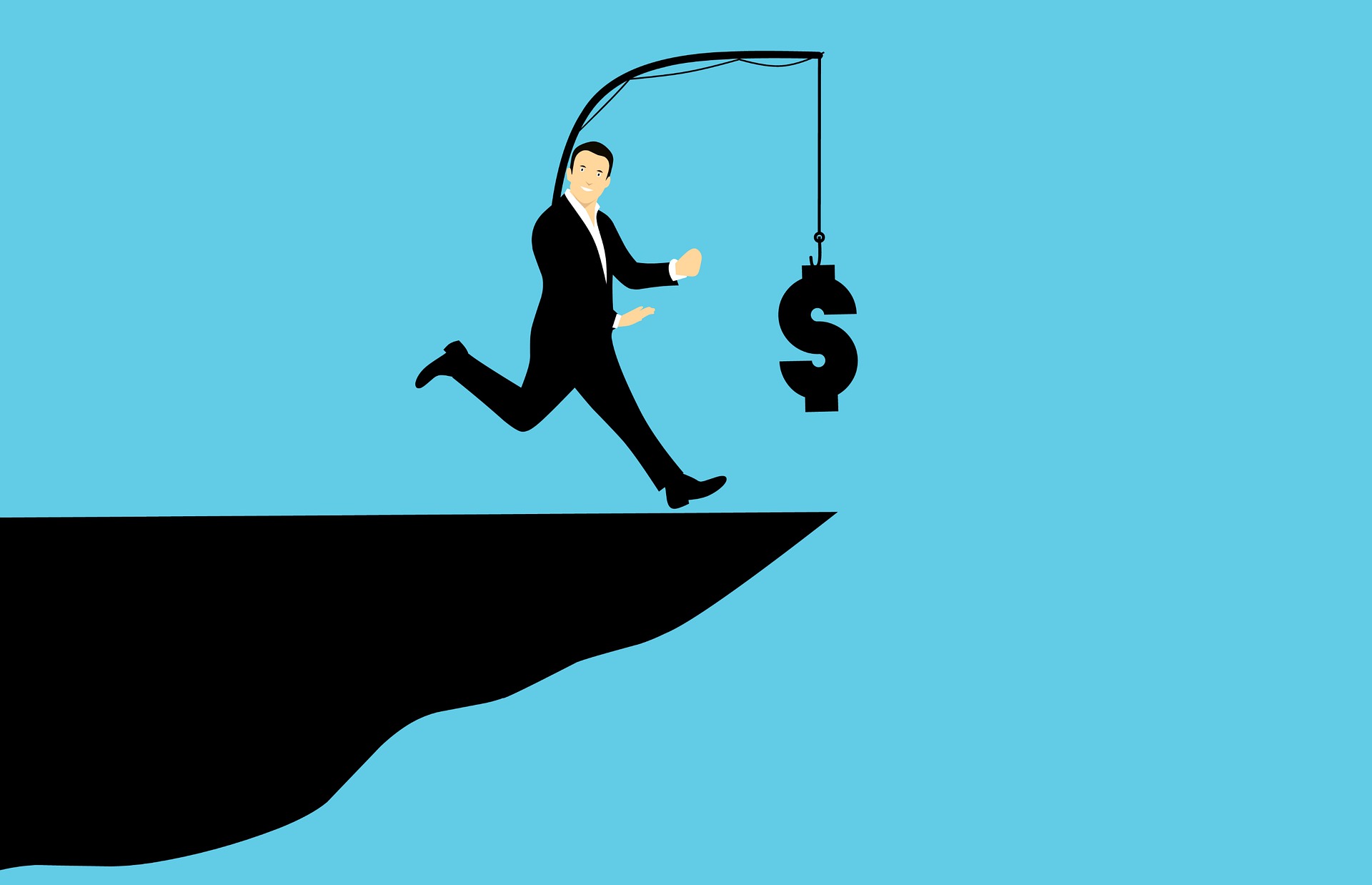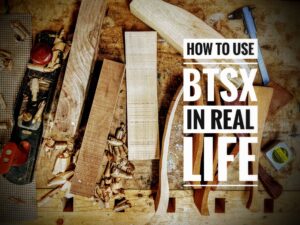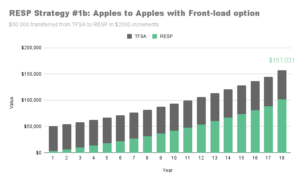A reader asks:
I’m a 62 year old business owner looking at retirement in the next few years, trying to figure out what kind of portfolio is going to provide the income I need and last as long as I need it to. Bonds just don’t provide the interest they used to. GIC’s are safe but might not even beat inflation. Dividend-paying stocks look like a great solution, especially if I load up on the ones with the highest yields. Before I take the plunge, I’d appreciate your thoughts.
I get it. With low interest rates and high inflation, investors are re-thinking the role that bonds and GICs have traditionally played in their portfolios. Inevitably, dividend-paying stocks enter the conversation. At first, dividend-paying stocks can seem like the perfect solution: higher yields than bonds and GICs and the potential for capital gains as well – what’s not to like?
But caution is warranted because there is a trap awaiting the uninitiated: the dividend trap. I fell for this trap myself when I started investing – it was shockingly easy. I remember the company had a 9% dividend yield and I’d just read an analyst’s paper extolling the virtues and bright future of the company. What could go wrong? I bought the stock and a few months later the dividend was slashed and the stock price along with it.
Why did that happen? To put it simply, I missed the warning signs. I hope this post helps you avoid a similarly costly lesson.
“Income worship”
The fact that we, as investors, can be paid for doing nothing other than owning a stock is wonderful. Dividend investing is not just effective with excellent long-term returns, but it’s simple to do: we don’t even have to sell shares to generate income.
But some investors get tunnel vision and their hunger for dividends becomes “income worship”. There is a particularly high risk of this with interest rates being so low and bond markets being so uncertain.
Just like the reader above, many investors are looking for bond substitutes and in that hunt, it’s all too easy to think of dividend yields as being the same as bond yields. Dividend-paying stocks may be an alternative to bonds, but they are not a substitute for bonds for one big reason: unlike bond interest, dividend payments are not certain.
A bond is a contract to pay interest regularly until maturity. Dividend yields are a snapshot in time: the current dividend divided by the current stock price. Of course, there are indicators we can use to assess the likelihood that those dividend payments are going to continue in the future (keep reading for those) but the key difference is that there is no guarantee that they will.
How chasing yield can hurt
Consider the hypothetical mining company, SuperGold. Say this month SuperGold stock has a $20 share price and announces a $1 dividend, that’s a 5% yield. Next month, however, news comes out that SuperGold isn’t so super at the whole mining thing. Profits are falling, debt is rising, and the share price drops to $10. Now the dividend yield is 10%. Is it a better investment? If it were a bond, it might be (barring the risk of bankruptcy), but certainly not on the basis of its dividend yield. In fact, the higher dividend yield is a warning sign that SuperGold is likely a worse investment than it was. When profits are unsustainable, dividends are unsustainable, and the share price will reflect that.
That is not to say that elevated yields due to lower stock prices are always a bad thing – they are surely not. The success of Beating the TSX is due, in part, to the value factor. If the stock price is depressed due to external transient events or market conditions that don’t fundamentally threaten the business or its long-term profitability, these can be great buying opportunities. Think of Canadian banks during the financial crisis.
But sometimes even big blue-chip dividend-payers can lead lead “income-worshipping” investors astray.
The TransAlta story
Take TransAlta, for example – a long-time darling of Canadian dividend investors. Back in the spring of 2015, TA had a dividend yield of 6.6%. This was a big company with a long history of consistent dividends, so what could go wrong right?
Well, dig a little deeper and you would have realized that the high yield was not sustainable. Costs were high, cash flow was dismal, and the dividend payout ratio was over 100%. The share price had already gone from a high of $37 in 2008 to $12 in 2015. When the inevitable dividend cut came, the stock price crumbled to a low of $3.68.
Dividend traps are set when juicy yields entice investors to buy without assessing whether or not those dividends are sustainable.
Kinds of dividend traps
There are three main types of dividend traps. Here is how I think of them:
- Ponzi Dividends
- This is when companies, reluctant to cut dividends, fund those payments with debt rather than profits – clearly not sustainable. My recollection is that TransAlta did this for several years leading up to their dividend cut.
- The Falling Knife
- This occurs when a high yield is the result of a plummeting stock price rather than generous, sustainable payouts. If the price is falling, make sure you know why.
- Fools Gold
- Occasionally, a company will temporarily display a high dividend yield; perhaps the industry is cyclical (think Energy), or there was a cash windfall of some sort. If you are seeking long-term income, always look at the long-term dividend history of any company you are considering buying.
Are there dividend traps in your portfolio right now? Are there dividend traps in the Beating the TSX portfolio? How can we assess whether or not a dividend-payer is actually a dividend trap?
How to spot a dividend trap
Here are five warning signs that you can use to assess the risk of falling into a dividend trap:
- High beats highest
- Studies in both the US and Canada have shown that the best-performing dividend stocks are not the highest-yielding, but the second-highest. A stock yielding significantly more than other companies in its sector should raise red flags.
- Check the history
- Has the company shown a commitment to dividend payments over the years? Have they cut their dividend over the last one or two business cycles? Dividend-cutters tend to be more volatile with worse returns overall. I prefer to avoid stocks that have cut their dividend in the last ten years.
- Payout ratio pressure
- The payout ratio is simply the dividend per share divided by earnings per share and is an indicator of something we should all be concerned with: the company’s ability to afford its dividend payments. An “acceptable” payout ratio varies widely by industry, so I make sure to compare the payout ratio to other big players in the same sector.
- Balance sheet blues
- Look at the company’s assets and liabilities, and particularly the ratio between the two. Is it highly leveraged? Is the debt increasing? Companies with shaky balance sheets are much more likely to cut their dividend (as they should) to conserve cash.
- High beta badness
- Beta is a measure of stock price volatility relative to the index. An interesting quirk of the markets is that low beta stocks tend to outperform high beta stocks. Those companies that have both high dividend yield and high beta seem more likely to be dividend traps.
We’ve all heard the axiom “Don’t chase yield” but I hope this post has provided you with a fuller understanding of what that means. If you understand the types of dividend traps that are out there and use the tools above to assess potential investments, your portfolio is much more likely to serve your needs for years to come.
What I've been reading:
Skepticism is an essential tool when assessing any stock. But it’s not just a matter of distinguishing truth from lies. Morgan Housel writes: “Bullshit can go unnoticed because people are more concerned with lies. Lies, once spotted, are unmistakable and their damage is obvious. But bullshit stops just short of a lie, mixing the integrity of the truth with the deceit of a lie in a way that leaves both the bullshiter and his recipient feeling satisfied.” Read his article here.
Most of my financial mentoring clients are either struggling with the process of breaking up with their traditional financial advisor or are through it and have been left with mixed feelings because of things the advisor said. Ben and Cameron at the Rational Reminder Podcast interviewed Robb Engen to talk about “S**t (Misguided) Financial Advisors Say” when investors start to ask tough questions (skip to about 46 minutes for the interview).
Following up on last week’s post about How to Make Good Decisions in Wicked Environments, I enjoyed this article from The Humble Dollar about how we think about investing and, in particular, the difference between good companies and good investments. “In the words of Warren Buffett, ‘Price is what you pay; value is what you get.’ Conflating the two is a common mistake of first-level thinking.”





Do you personally see any concern with ENB in this regard?
I have wondered about ENB’s ability to sustain its dividend for a while now. On the other hand, as one of North America’s largest energy infrastructure companies, I’m comfortable with its fundamentals and prospects for the future. As a result, I don’t plan on selling my shares even if they cut their dividend. Please understand, however, that this is my personal take and I have no special skill at predicting these things.
What appears to be working for me is having sufficient number of bonds (modest) in my RRIF to last until 85 with a small annuity to sustain income from fixed income. At 85 I will start drawing mandatory amount from equities in my RRIF topped up with any additional needs from TFSA plus the annuity so I don’t mind seeing the bonds collapsed. Dividends have been accruing over a decade to add to future income needs. So far so good as my needs are moderate. I am a DIY investor, which I enjoy so only me to blame if it doesn’t work. I rely on Dividend Strategy and Canadian Moneysaver publication to provide practical, down-to-earth information. Neither disappoint. Thanks!
Thanks for the comment, Eve. Sounds like your plan is both conservative and well thought out. I’m sure your finances are secure and if Dividend Strategy is helping, I am honoured.